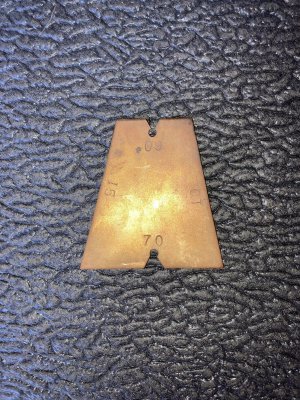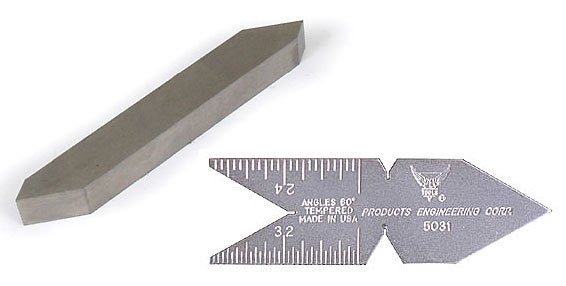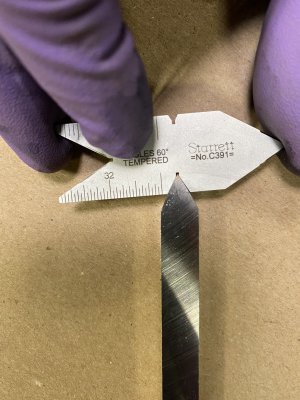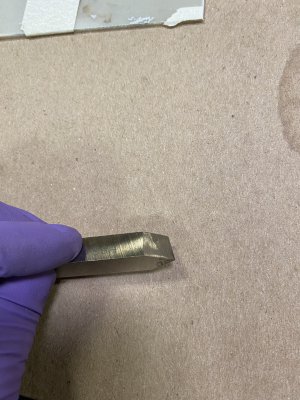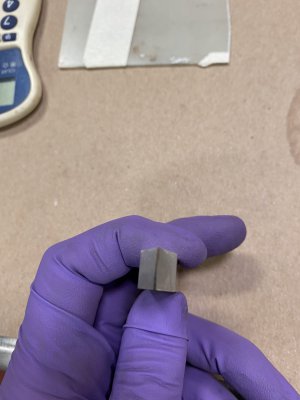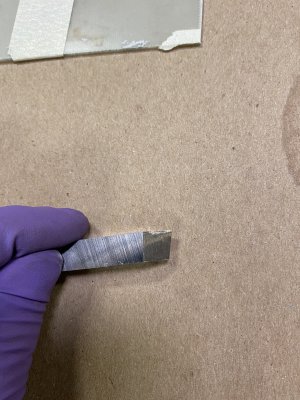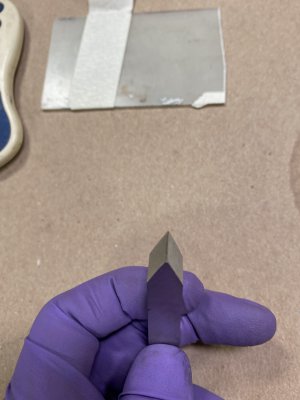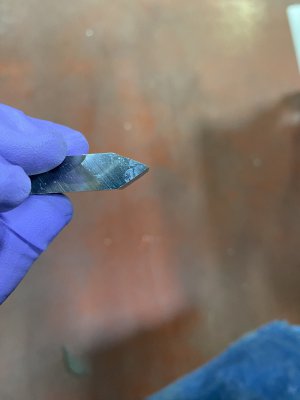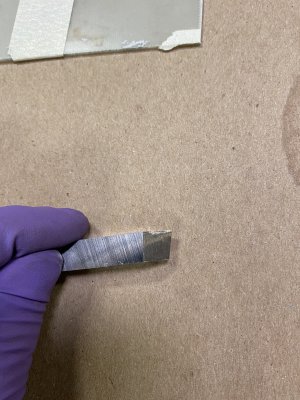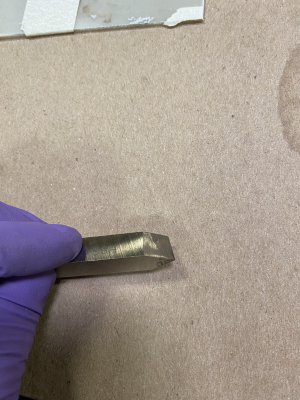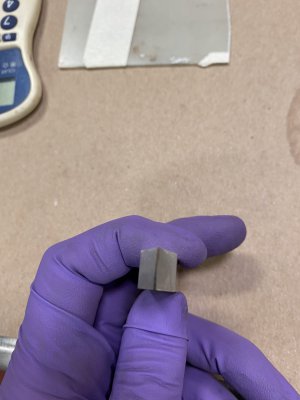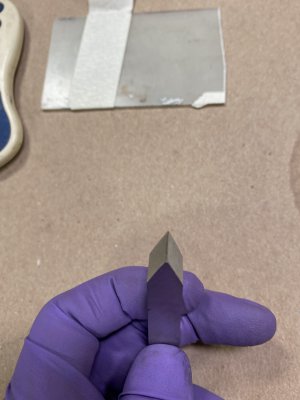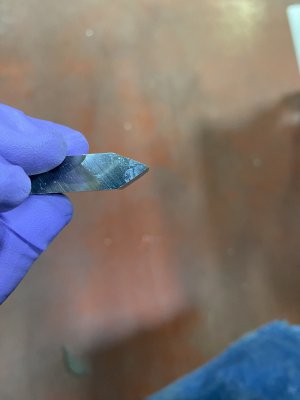A lot depends on the thread pitch you're cutting, the tool you're using and your familiarity with the thread cutting process. It isn't difficult and will get easier with practice.
I will defer to David Best with regard to carbide tooling. In general, however, the smaller the thread, the fewer the number passes required to cut them. There are charts available from the manufacturer of your insert that gives you guidelines on depth of cut per pass, the number of passes required and so on.
With HSS, the relief angles under the cutting edge actually matters, as does your method of infeed. If you cut straight in instead of using the compound then both flanks are engaged simultaneously and the potential for rubbing is increased unless your relief angles provide clearance for the helix angle of the thread you're cutting. For smaller threads under about 16 tpi, I have found that 15 degrees of side relief is more than enough to avoid excessive rubbing due to the helix angle of the thread but there is still usually some burring. In contrast, when feeding in with the compound only the leading flank is doing most of the cutting and the following flank is doing a clean up. I find that with this type of tooling and my usual 15 degrees of relief, there is almost no rubbing and the threads are much cleaner. This is one reason why I prefer a HSS tool; I get to control the relief angles. To be fair, no way would I rely on HSS in a production situation; I would be using a Carmex BLU insert for that.
As for technique, each of us has our own way of doing things. When using a HSS tool, I normally start with a scratch pass with a 0.001" depth of cut to make sure my gearing is right for the thread I'm trying to cut. If the pattern is correct then I'll make a 0.009" depth of cut and make a full pass. For my next pass, I cut the depth of cut to 0.005" deep and see how the tool is cutting. If the pass is clean and without burrs then I'll usually take one or two more passes at 0.005", then I usually step down the depth of cut until I am at 0.001-0.002" per pass. The reason for this is because as you go deeper, the amount of cutting edge greatly increases; to keep heat and cutting forces under control you have to reduce your depth of cut or you'll start tearing the material or work harden it.
Look up how to estimate your total depth of cut and how to use the thread dial indicator. I have to run out soon so I'll leave it to you or others to take it from here.


